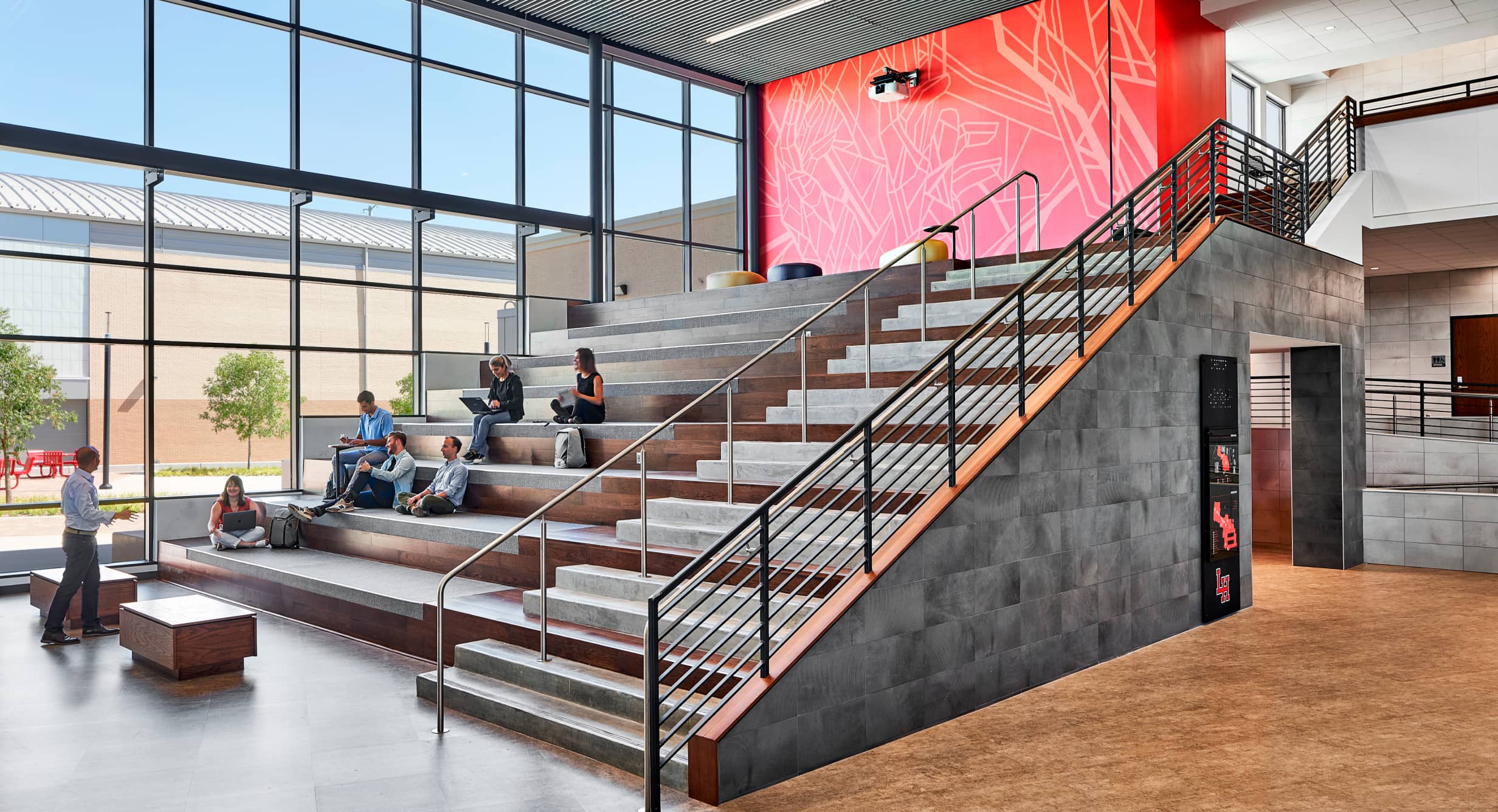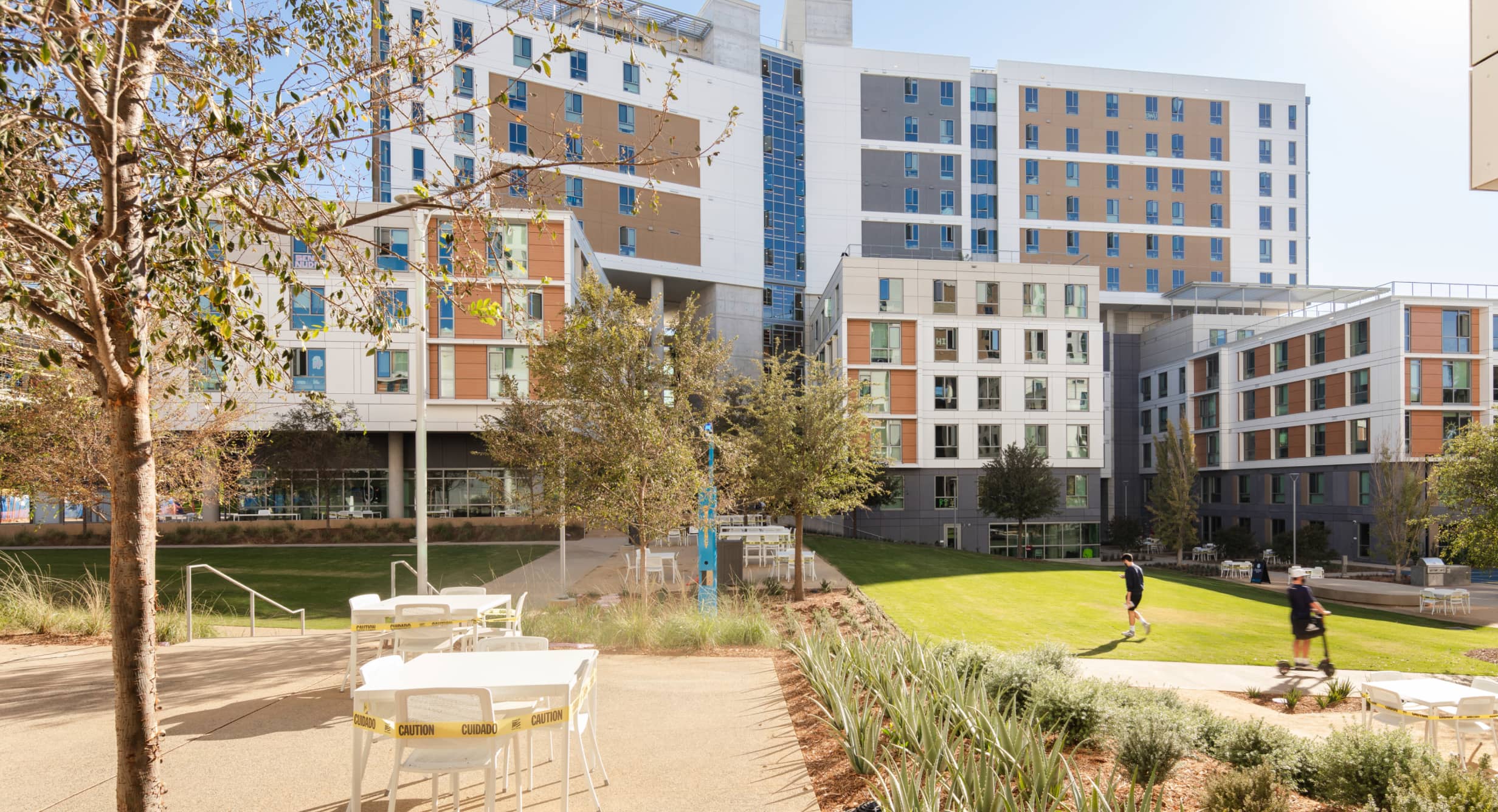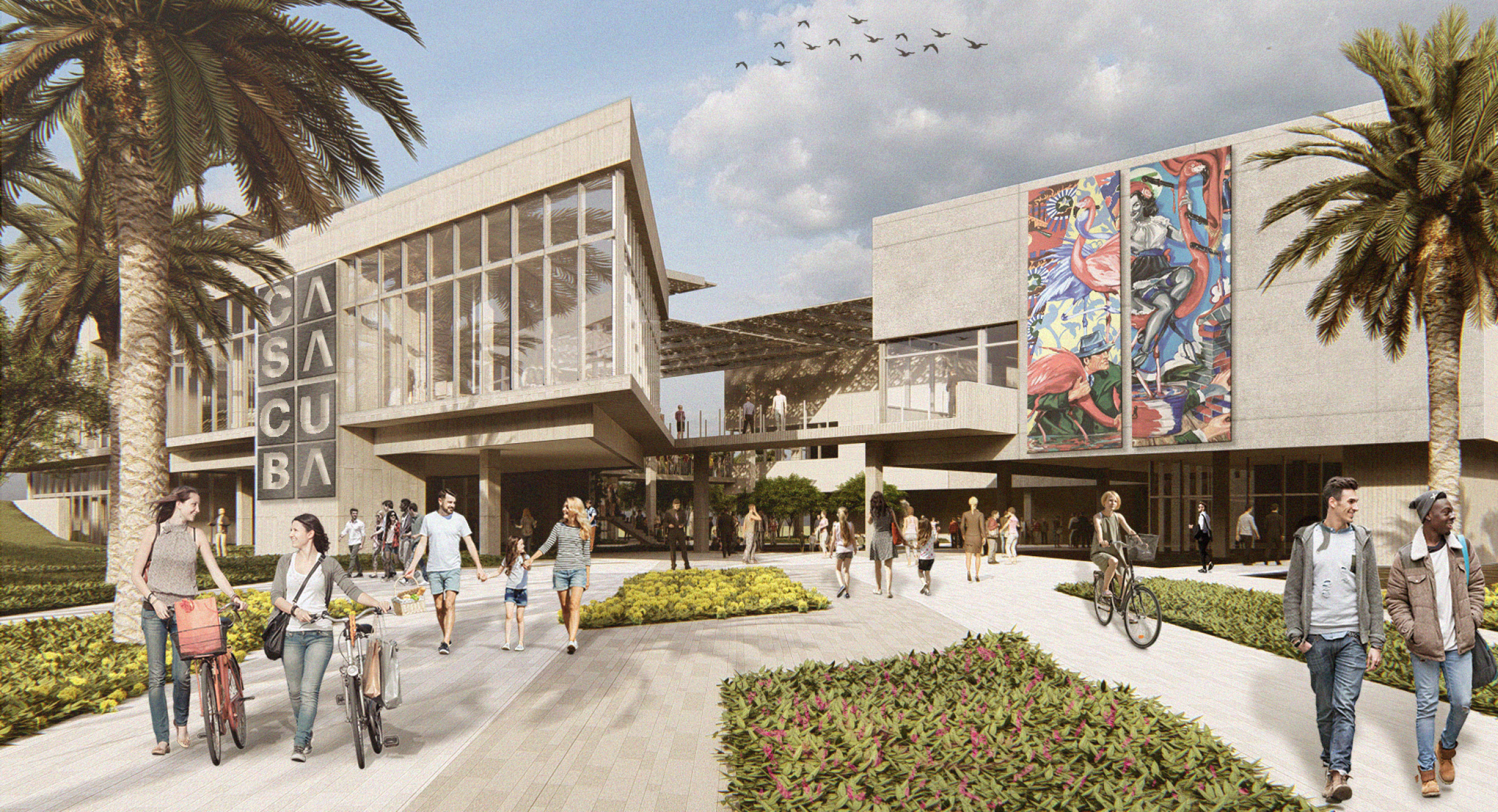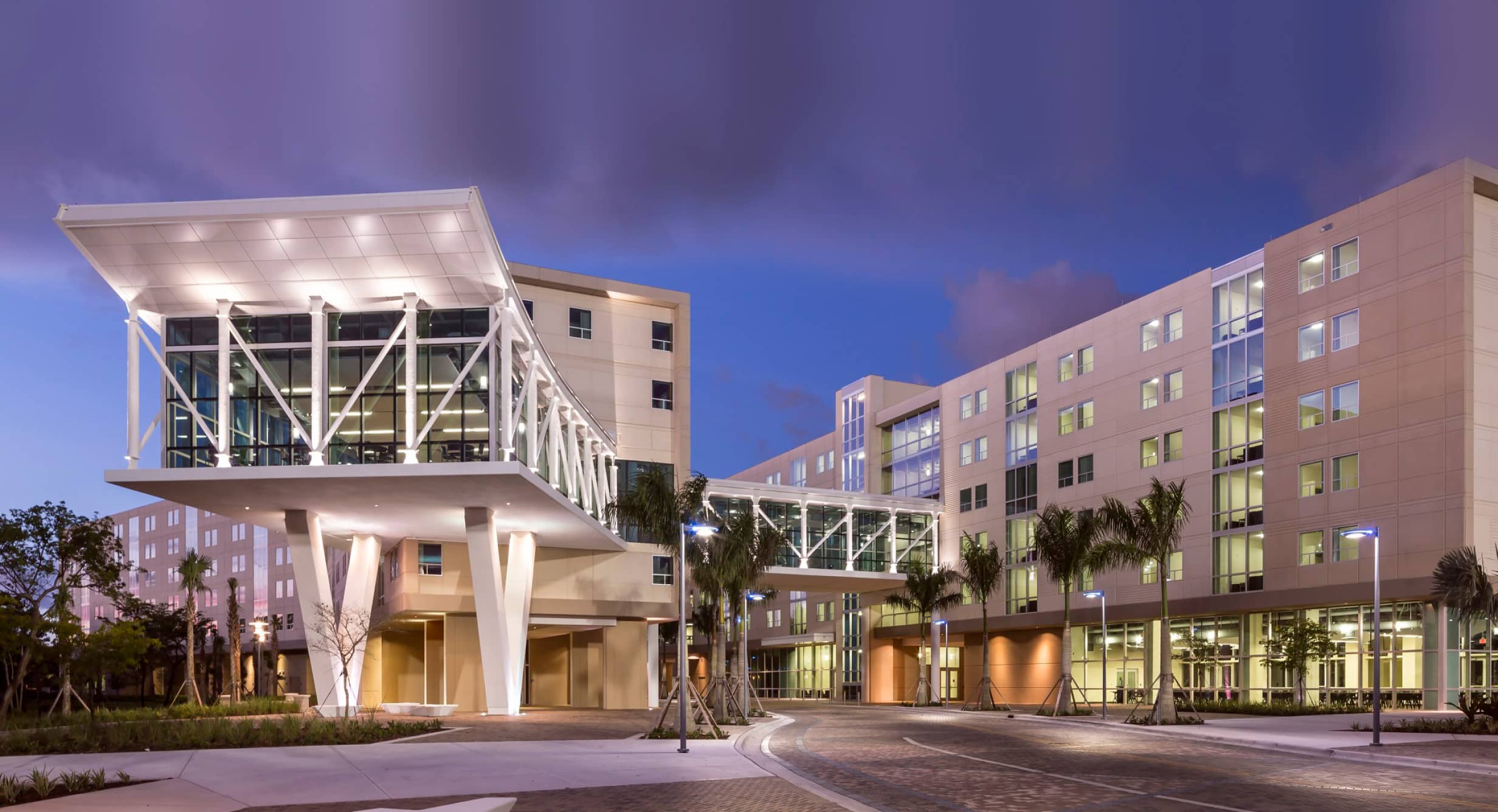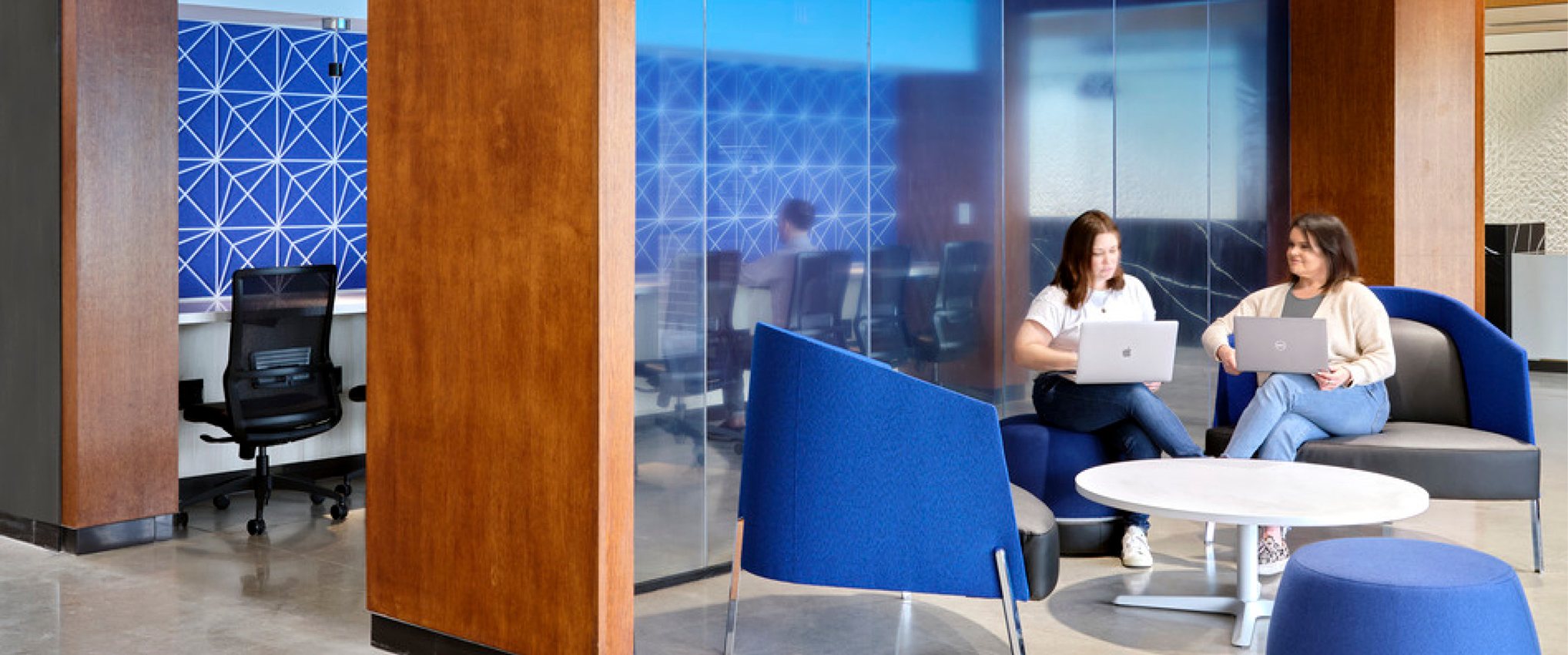
Alamo Colleges District Westside Education & Training Center Creating a sense of place and uplifting the students' spirits in West San Antonio
San Antonio, TX, USA
The Challenge
For 15 years, the underserved communities of Edgewood and Greater West San Antonio used an aging elementary school to house their education and training school. Alamo Colleges built a program of workforce training and occupational and academic instruction that consistently outperformed expectations, a program that provided hope and a path to education, to improvement and a way to prosper without having to leave the area.
In 2015, voters approved a bond referendum to fund a new building that matched the outsized impact of the program it would be housing. Alamo Colleges’ goal for its Westside Education and Training Center (WETC) was to double the space and provide a new facility to house early college high school training programs, college technical and academic programs, and services for the community.
The Design Solution
Through an authentic stakeholder engagement process, HKS and associate architect Robey Architecture matched institutional objectives with community needs and aspirations, developing a masterplan that created a campus experience and a sense of place.
Centered around the idea of a new dawn, the new WETC campus is organized around a promenade and outdoor community living room. One as a daily reminder of a path to prosperity and the other as a place for building community. Wide sidewalks, deep canopies, and abundant landscaping encourage pedestrian traffic and integrate the campus into the surrounding neighborhood. The promenade splits and organizes the campus from east to west; with the two-story main building inviting visitors, its colorful cladding design acting as a backdrop to their experience on their journey.
Once inside, the connections to green space with visual transparency to the natural environment support student and visitor health and well-being. Fruit-bearing trees and a community garden will be planted and maintained in partnership with the local community to address the lack of local, healthy food options. Over half the total site area will be planted with native grasses and wildflowers.
The one-story lab building runs parallel to the promenade, offering dynamic views into its various lab spaces framed by an outdoor art gallery. Community health and financial counseling programs are bolstered through increased visibility, access, and resources such as private counseling rooms.
The two story building is designed to provide maximum flexibility while the specialized labs are housed in the single-story building for ease of service and height requirements. Creative gathering spaces encourage engagement and cross-collaboration. Design principles and architectural attributes reflect the values of the campus and embody the student culture through carefully crafted materials, celebrating contrasting textures. The intentional color scheme for the façade is an interpretation of the first sunrays on the horizon. Every day that students arrive on campus is a new dawn and an opportunity for them to obtain a better future.
The Design Impact
Beyond enhancing the educational value of the students, the new campus creates social and economic value for the communities it serves. The culture and sense of place rewards the individual and encourages intellectual curiosity, providing opportunity for rich personal experiences. The campus vision is realized in design that incorporates personal and social responsibility, global citizenship, critical thinking, and an innovative approach to the learning continuum. The WETC reestablishes itself as a prominent fixture in the neighborhood and provides a beacon of opportunity and hope.


Project Features
- 2-story main building
- 1-story lab building
- Nanotech lab
- Teaching labs
- Information technology
- Security academy
- Allied health lab
- Multi-bed simulation lab
- Water treatment lab
- Art classroom/printeria
- Student services
- Administration



